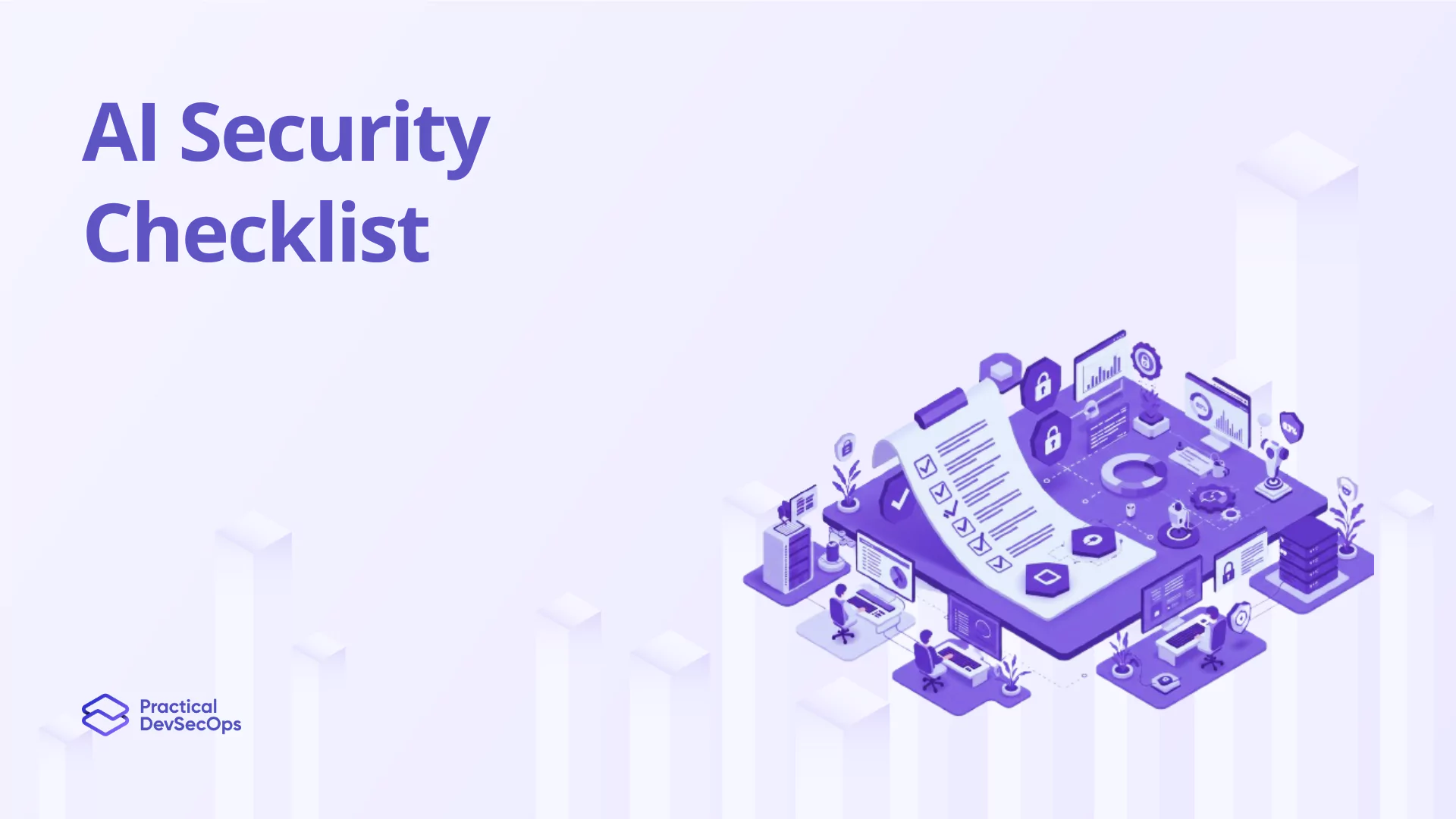Recent high-profile breaches, such as those involving SolarWinds and Log4j, have starkly demonstrated how a single compromised component can cascade into widespread disruption, financial loss, and reputational damage.
As cyber threats evolve and become more sophisticated, the need for robust software supply chain security has never been more urgent. This blog explores the critical importance of securing software supply chains for enterprises, analyzing the potential business impacts, the evolving threat landscape, regulatory pressures, and best practices for mitigating risks.
Also read about Role of Repositories in Software Supply Chain Security.
The Business Impact of Software Supply Chain Vulnerabilities
Financial Consequences
Software Supply Chain Breaches Are an Enterprise’s Costliest Exploits. In addition to the immediate costs of incident response and recovery, businesses may also be looking at significant legal bills, regulatory fines, or compensation payments. Data breaches in 2023 on average cost $4.45 million per breach, but those related to third-party software were sometimes even more expensive, according to IBM.
The long-term financial consequences can also be extreme, ranging from revenue lost due to a halt in operations, and the possibility of investors reacting negatively leading your share value tumbling down.
Reputational Damage
Trust of customers is hard to acquire, easy to lose. Another concern is reputation, as a breach can harm the organization’s image, causing a reduction in customer confidence and brand loyalty. Today, with news of security breaches spreading across the digital winds at a breakneck pace, enterprises are more likely to face public scrutiny and social media backlash. One example of this is the SolarWinds breach, which affected not only SolarWind’s customers directly but also eroded trust in their products and, by extension, all security within the industry.
Operational Disruption
An attack on the software supply chain can result in immediate and severe business impacts. However, a single compromised software component can cause an entire enterprise to stop operations or discontinue services, and this is when we hit the headlines because everything grinds to a halt: variables are now hacked.
Finding the software that has been compromised can take time and resources, not to mention isolating it in a sandbox for analysis and remediation — meaning your system could be without key protection systems while this process is underway.
For example, the Log4j vulnerability left many companies in panic mode as they struggled to update their systems and secure their processes, which resulted in them facing a slowdown or disruption.
Also read about Recommended practices for SBOM consumption
The Evolving Threat Landscape
Statistics on Supply Chain Attacks
The threat landscape is changing every day. Supply chain attacks are on the rise. The strikes, according to a European Union Agency for Cybersecurity (ENISA) report, increased 280% in 2023. This represents a significant increase in the attackers’ focus on using software supply chains to intrude into enterprise networks.
Case Studies of Major Breaches
SolarWinds: In one of the largest data breaches in recent history — SolarWinds, the attackers abused this mechanism to compromise the Orion software update process. Malicious code was added into a real update and distributed to many companies, including government organizations or Fortune 500. The widespread repercussions of this breach emphasized how vital it was to protect each part of the software supply chain.
Log4j: The Log4j vulnerability opened Pandora’s box to a critical flaw in the open-source logging library, sparking global security hysteria. It serves to show us once again how just one flaw in an open-source component can impact countless machines across the globe, and demonstrates that developers who are building software with dependencies need to take more caution before putting it into production.
Emerging Threats
These days, cybercriminals constantly work on evolving their attack methods to hit at the heart of software supply chains. New threats, such as dependency confusion attacks, see attackers take advantage of security vulnerabilities in package management systems to insert malicious code, and CI/CD pipeline breaches exploit insecure build and deployment processes to corrupt software before release. Given the evolving nature of these threats, enterprises have to be proactive in monitoring for new risks and continuously adjusting their security strategies.
Regulatory and Compliance Pressures
Overview of Regulations
Governments and regulatory bodies worldwide are implementing stricter regulations to enhance software supply chain security. In the United States, the Executive Order on Improving the Nation’s Cybersecurity has placed a strong emphasis on securing the software supply chain, mandating that federal agencies only use software that meets rigorous security standards. Similarly, the European Union’s Cyber Resilience Act seeks to ensure that digital products and services sold in the EU are secure throughout their lifecycle.
Compliance Requirements
Enterprises must comply with the standards and frameworks set by these regulations, which could be The National Institute of Standards & Technology (NIST) guidelines or the Secure Software Development Framework (SSDF). Compliance not only keeps organizations out of trouble and compliant but improves their broader security posture too, mitigating breaches.
Impact of Non-Compliance
Failing to adhere to those regulatory requirements can be very costly in terms of fines, lawsuits, and denting an organization’s reputation. Non-compliance, and the fallout from a breach as a consequence, can compromise an entire ecosystem or supply chain—countless organizations outside your business will defer working with you if they cannot be certain of how secure your models are.
Also read about Types of Software Bill of Materials
Best Practices for Strengthening Supply Chain Security
Integrating Security into the Development Lifecycle
Security should be integrated into every stage of the software development lifecycle. This approach, known as DevSecOps, involves embedding security practices into the development process from the outset, rather than addressing security as an afterthought. By doing so, enterprises can identify and mitigate vulnerabilities early, reducing the risk of supply chain attacks.
Implementing a Software Bill of Materials (SBOM)
A Software Bill of Materials (SBOM) is a detailed inventory of all components, libraries, and dependencies used in a software application. SBOMs enhance visibility and accountability, enabling enterprises to track and manage their software components more effectively. This transparency is crucial for identifying and addressing vulnerabilities, ensuring that all parts of the software supply chain are secure.
Continuous Monitoring and Risk Assessment
Enterprises are thus required to complement continuous monitoring and risk assessment strategies in order to remain relevant against rising threats. This requires scanning software components for vulnerabilities on a regular basis, sparing no effort in risk assessing third-party dependencies, and maintaining all available threat intelligence. Continuous monitoring enables organizations to identify and pinpoint potential threats long before they can be leveraged by attackers.
Also read about 7 Pillars to Strengthen Software Supply Chain Security
Leveraging Technology for Enhanced Security
Automated Security Solutions
Automation plays a critical role in enhancing supply chain security. Automated security solutions, such as vulnerability scanners and dependency management tools, can quickly identify and remediate vulnerabilities across the software supply chain. By integrating these tools into CI/CD pipelines, enterprises can ensure that security checks are performed consistently with every code change, reducing the risk of introducing vulnerabilities into production.
Collaboration with Third-Party Vendors
Supply chain security works best when you take inputs from your third-party vendors. Enterprises need to create the means for clear communication and even set some basic expectations about security, so that suppliers understand they are expected to align in efforts around securing the software supply chain. For trust to remain high and risk low, it is necessary for third-party vendors to receive regular security audits.
Incident Response Preparedness
Despite the best preventive measures, breaches can still occur. Therefore, enterprises must be prepared with a robust incident response plan. This plan should outline the steps to be taken in the event of a breach, including identifying the source of the compromise, containing the damage, and communicating with stakeholders. A well-prepared incident response team can significantly reduce the impact of a breach and accelerate recovery.
Also read Software Supply Chain Security Interview questions and answers
Building a Culture of Security Awareness
Training and Education
Regular training programs are essential for building a culture of security awareness within an enterprise. Employees at all levels should be educated on the risks associated with software supply chains and trained to recognize and respond to potential threats. This knowledge empowers employees to act as the first line of defense against cyberattacks.
Engagement Across Teams
Security is not solely the responsibility of the IT or security team; it requires collaboration across the entire organization. Development, security, and operations teams must work together to embed security into every aspect of the software supply chain. This cross-functional approach fosters a security-first mindset, ensuring that security considerations are integrated into every decision.
Leadership Commitment
By and large, leadership commitment equals security project success. The cloud-native community needs to ensure that executive leadership cares enough about this area of importance; the resources are provided through it, and several best practices implemented for software supply chain security. The foundational layer of a new security approach is the culture, or more appropriately, having leadership demonstrate that it takes security seriously.
Also read about Role of Software Bill of Materials in Software Supply Chain
Conclusion
As cyber threats rise, so do regulatory pressures, making software supply chain security much more than a technical challenge. It is now also a critical business concern. Unsecured supply chains can spell disaster for enterprises of any size, with consequences ranging from financial loss to reputational damage and operational breakdowns.
Adopting the best practices, using technology, and creating a culture of security awareness are essential for any company to protect their software supply chain. Enterprises should now be evaluating their current security posture and taking proactive steps to secure their software custody. The cost of inaction is just too high.
To effectively manage these risks, consider enhancing your skills with our Certified Software Supply Chain Security Expert course. This training will equip you with the knowledge and tools necessary to safeguard your organization’s digital assets. Enroll now and take a decisive step towards robust software supply chain security.
Also read about Software Supply Chain Security Tools
Frequently Asked Questions
Why is software supply chain security important?
It protects against cyber threats, ensures compliance with regulations, maintains business continuity, protects intellectual property, enhances customer trust, reduces the risk of data breaches, and facilitates secure innovation.
What are common security risks in the software supply chain?
Common risks include malicious code insertion, vulnerable dependencies, insufficient access controls, and inadequate security testing.
How can enterprises ensure software supply chain security?
By implementing strong access controls, regularly auditing and monitoring, using trusted components, automating security testing, maintaining a software bill of materials, and educating developers.
What tools are available for supply chain security?
Tools such as SAST, DAST, SCA, and CI/CD security tools help identify and manage vulnerabilities in the software supply chain.
How do AI and machine learning enhance supply chain security?
AI and ML can detect and mitigate security threats in real-time, providing proactive protection for the software supply chain.
How can enterprises effectively implement digital signatures for software releases?
Enterprises can implement digital signatures by integrating code-signing tools into their CI/CD pipelines, ensuring that all software releases are signed with a private key. This process verifies the authenticity and integrity of the software before it reaches end-users.
What are the best practices for enterprises to collaborate with vendors on security?
Enterprises should establish clear security expectations, conduct regular audits, share threat intelligence, and maintain open communication channels with vendors. Collaboration can also include joint incident response planning and the use of standardized security assessments.
How can enterprises stay informed about the latest software supply chain threats?
Enterprises can stay informed by subscribing to threat intelligence feeds, participating in cybersecurity forums, attending industry conferences, and regularly reviewing reports from cybersecurity organizations like ENISA and NIST.
What role does DevSecOps play in enhancing software supply chain security for enterprises?
DevSecOps integrates security into every stage of the software development lifecycle, automating security checks, vulnerability scanning, and compliance monitoring. This proactive approach helps identify and address vulnerabilities early, reducing risks in the software supply chain.
How can enterprises disable arbitrary install commands for open-source packages?
Enterprises can disable arbitrary install commands by using package management tools that restrict the execution of post-install scripts, setting up policies to whitelist approved packages, and implementing sandboxing techniques to isolate and control installation environments.
Also read Software Supply Chain Security Issues and Countermeasures







0 Comments